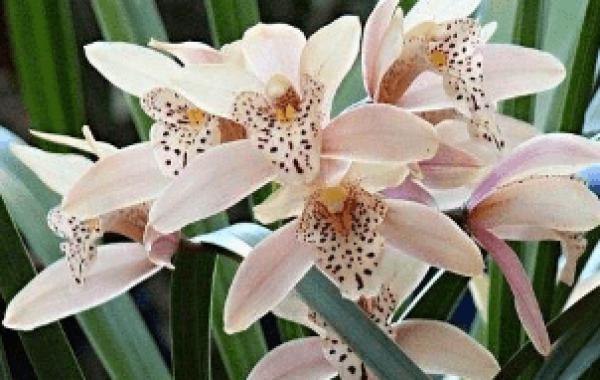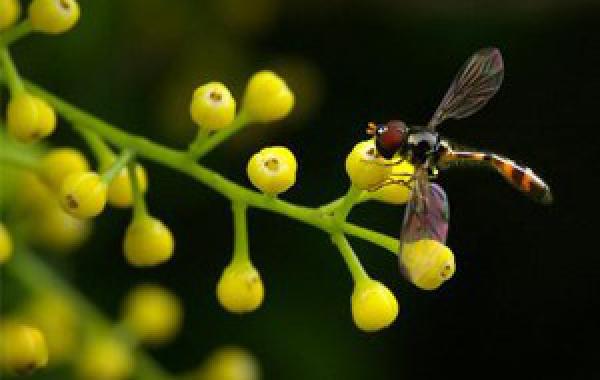What are the common pests of magnolia flowers and how to prevent them?
Magnolia is one of the ornamental flowers and trees in early spring in China, the flower pattern is classical and elegant, and it is generally planted in pavilions and pavilions as embellishment, so what are the common diseases and insect pests of magnolia and how to control them?
1. Leaf spot: at the beginning of the disease, there are only dark red dots on the leaf surface, if not in time, it will expand rapidly and connect into large areas, resulting in leaf withering and falling off, seriously affecting its ornamental value. Therefore, usually should often observe the growth of its leaves, once the disease should be found in time.
Prevention and treatment: 50% methyl topiramate 800 times solution can be used for foliar spray, once every 7-8 days, 2-3 times in a row.
2. Scale insects: most of them are bran scale, and scale insects are found. Imidacloprid or imidacloprid improver 2000-3000 times can be used to spray and kill insects.
3. Haitong cotton scale: the main harm to flowers and trees, the host is very wide, the harm is widespread. Female adults and larvae often concentrate on buds, leaves, branches and stems to suck juice, and when serious, it can cover the whole branch, resulting in yellowing of leaves, short, deformed shoots, fallen leaves, withered branches, and even death of the whole plant, and it is easy to induce coal fouling, blacken the leaves, hinder photosynthesis and affect the tree potential, thus reducing the ornamental value. The first and second instar nymphs secrete a large amount of honeydew when sucking juice, which is the main cause of coal pollution disease. When the female adult is mature, it is often fixed and no longer transferred.
Prevention and control methods:
(1) Forest management measures: pest plants in the field and branches with insects should be pruned and taken out of the field in time for burning.
(2) Biological control: protect and introduce Australian ladybugs, big and small red ladybugs.
(3) Prevention and treatment: Popper 1-3 degree stone sulfur mixture was sprayed during dormancy period, 40% omethoate EC 1000 times and 10% pyridine wettable powder 1500 times liquid was used during nymph incubation period. When adults occur, they are evenly sprayed with 800 times of scale killing EC or 1500 times of 40% speed killing EC, and the permeability can be increased by adding appropriate amount of diesel oil when spraying, and the liquid must be sprayed evenly. Killing scale fiercely against shell insects.
Related
- Is the orchid suitable for indoor use? Is it good for the body?
- How to prevent the empty root of orchids?
- What to do after the crab claw orchid is withered?
- Why are the leaves of orchids always yellow? Fertilizing and watering.
- Can the root of the gentleman orchid be saved if it is rotten?
- Diagnosis and treatment of cotton-blowing beetle insects in Cymbidium
- There is a way for a gentleman's orchid to rot.
- What is the most suitable temperature and humidity for the orchid?
- How to raise a gentleman's orchid? Cultivation techniques of Cymbidium
- How to prepare the nutritive soil for the cultivation of Cymbidium



